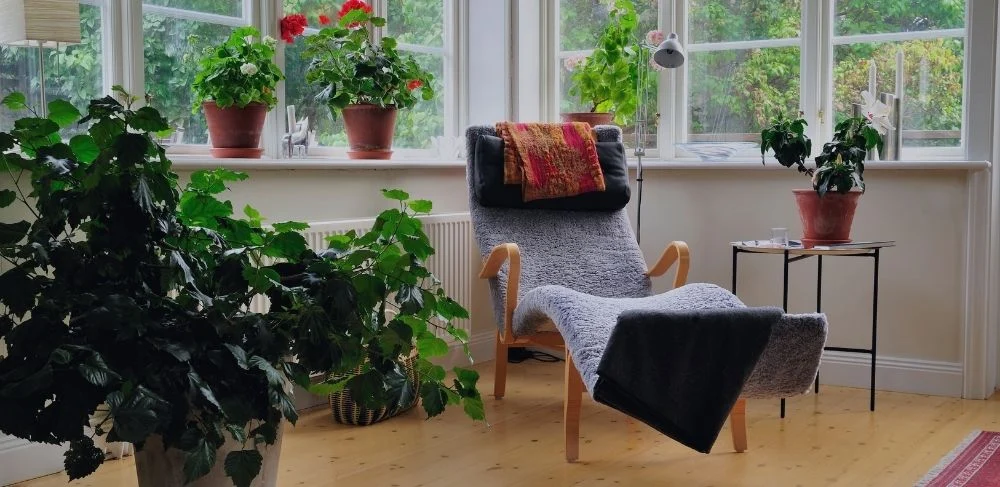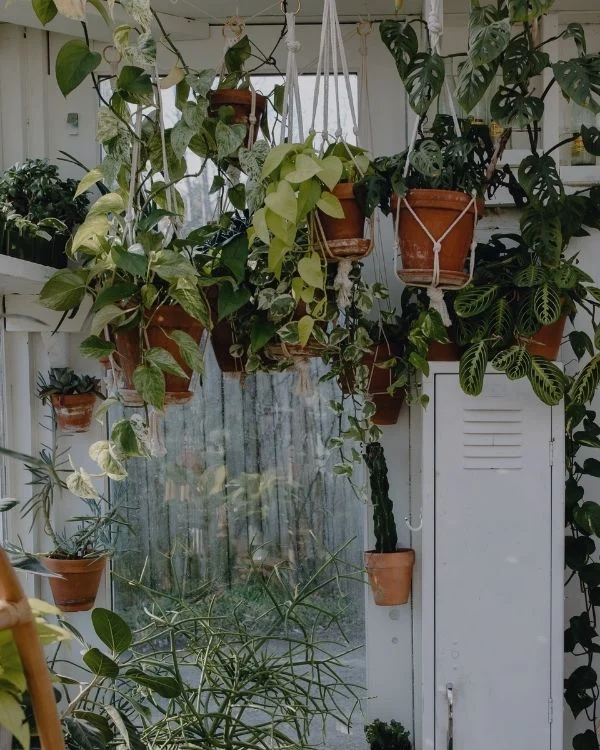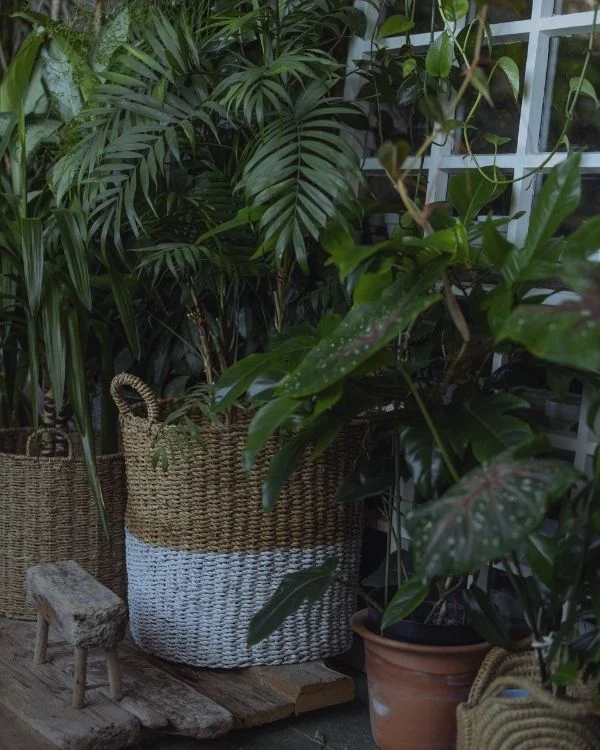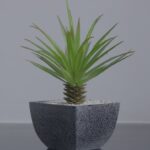Change Your Mood With A Indoor Winter Garden
Growing plants indoors might be just what we need to keep up our spirits through cold and dark days!
Winter is a tough season to get through. With the cold and dark, you might find yourself feeling down and not charged. But don’t worry! You can make your home feel more like spring with an indoor window garden that will brighten up your room all year round.

Where to start?
Choosing the right pots
It’s never easy to find the right pot for your needs. For most vegetables, a 4″ diameter is enough, but anything larger than that, and you’ll need at least 1-5 gallons of space! Lettuce or herbs could go in something as small as 4 inches wide, while tomatoes need about 1-2 gallon planters.
With a little planning and love, your windowsill can be the perfect place to start an indoor garden that will sustain you throughout the winter with delicious soups. Harvesting your herbs from the window is an easy way to add fresh, healthy food into winter meals.

Plan your space
If you want to grow plants in containers, first map out your space. Since most windowsills offer only a small space for gardening and there’s no need to be extravagant with materials or tools, just choose which type(s) would work best. Select the perfect spot on an east facing window where five hours’ worth of sunlight per day is possible.

Choose your soil
Soil is one of the most important elements when it comes to container gardening, so be sure to get the right one for planting. Most window gardens will grow best in potting mix, which has more nutrients than heavy duty garden-style soils and even greater drainage qualities. Select one with plenty of organic matter for a healthy and thriving garden, or stir in some home-made compost.
Plant your seeds
To get the best vegetables and flowers, you need to start with some seeds or buy starter herbaceous species at a greenhouse.
The containers should be filled with a soilless starting mix, then moistened and planted at the recommended depths. Once the seeds germinate under plastic or in darkness, they start producing 2-3 sets of leaves on their stems (about 6 days), remove it to allow them more sunlight. Transplant these young ones into smaller pots once your desired height has been reached.
Maintenance is important during the process
If you want your indoor plants to be happy, make sure they get plenty of natural light. The reason why leafy houseplants do better than fruiting ones is because the fruiting ones need more sunlight.
Drier air can make your plants wilt in winter, so take time to water them. If the soil feels dry and hard when you touch it with a finger, then add some more water.
What are the best crops to grow inside?
Herbs
Growing your own herbs is easy and doesn’t require much effort! Mint, oregano, sage, lavender, mint, thyme, rosemary and dill are easy to grow indoors. These plants all need some direct light each day. That’s why your window is the perfect place.
Greens
The easiest way to grow your own vegetables is by planting seeds. You can get started with lettuce, arugula or spinach and other leafy greens. Near windows where they will receive plenty of sun for growth, but not too much artificial light from bright sources as such that is damaging.
Fruiting Plants
Growing tomatoes in winter is not easy because they need a lot of sunlight and heat. However, cherry varieties are easier than most fruiting crops to grow indoors with artificial light. 16 hours each day should do the trick! To make sure your plants get enough juice throughout their growing cycle (and also stay healthy), keep the daytime room temperatures between 75-80 degrees Fahrenheit.
Microgreens
Microgreens are a great way to get your vegetables started early. They’re also called baby greens, because they grow really quickly and have the potential for bigger harvests than mature plants! To start making them at home, all you need is some potting soil, in which seeds will germinate after being soaked overnight. When everything’s ready (and not too wet!), cut off any first leaves once they’ve emerged from beneath the surface of earth that holds them. Then enjoy!
Legumes
Legumes are a great low-maintenance crop that can easily handle the demands of being grown indoors. Bush varieties are better suited for windowsill gardens, than pole beans because they grow in compact bushes, while trellises or wire helps to support these plants if needed!
Small root vegetables
Small root vegetables are a fun choice, because they offer two edible crops: the roots, which you can eat right away and don’t require much water to get started with; as well as the greens from carrots or radish, that can be chopped up for salad.
Succulents
Houseplants are often thought of as something that needs constant attention. However, there is one type you can get away with less watering – Succulents! They prefer warm conditions and consistent sunlight to thrive in your home’s windowsills. Just make sure not to overwater them.
Conclusion: Brighten up your home during winter!
Indoor plants are the perfect way to brighten up your home during winter time.
It is not the best time of year to grow produce. But with a little creativity and know-how, you can have an indoor garden that will provide your family with fresh vegetables all winter long! With special light requirements in place for plants during this season, these gardens are great because they give plant lovers work without sacrificing the ability to eat healthy food.





